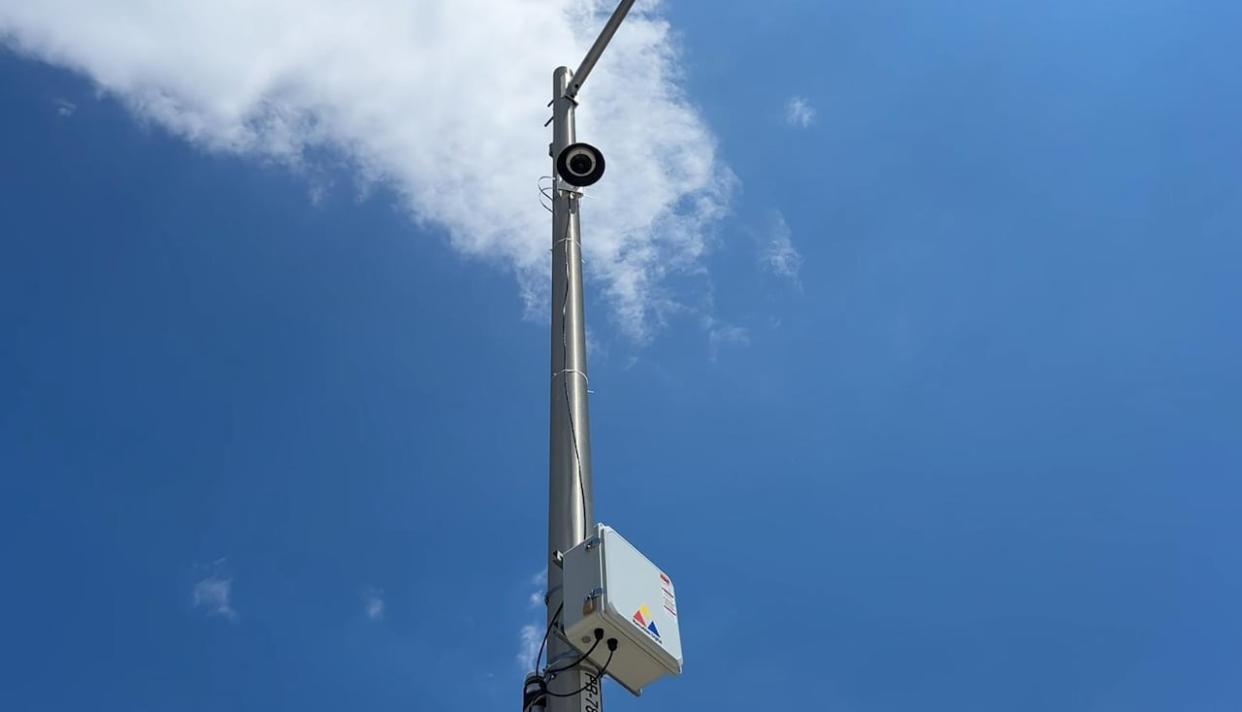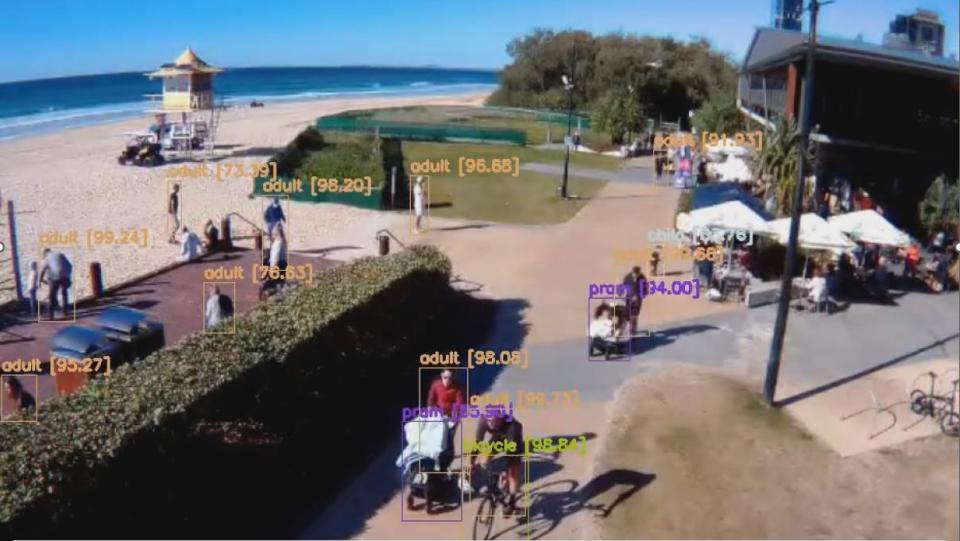Why are sensors being installed to track people using Kitchener's Victoria Park?

Sensors using "vision-based technology" have been set up in and around Kitchener's Victoria Park to track who is using the park.
The 15 cameras are in place to document who uses the park, how it's being used and when it's being used.
But, officials say, the cameras don't record images. Instead, they use artificial intelligence software to identify, register and upload data about the park users in real time. It's all part of work to collect information about the park so city staff can plan for its future.
Karen Leasa, a landscape architect with the city, said that while the thought of cameras in the park might be unsettling to some, individualized information isn't collected.
"There's no facial recognition, there's no personal identifying information that we would be collecting at all," she said.
Michael McGuire is the president of Ramudden Digital, the company installing the cameras around the park. He said that the footage is processed and data is collected in real time, as people using the park appear in frame.
"It uses AI analytics to turn images and identify pedestrian from child from skateboarder," he said.
"There's also communications in that box, so what's sent to the cloud for storage is just the outcome of that analysis," he added. "We don't record video, we just process the video."

A photo of the camera system installed on a light post on Joseph Street. The president of Ramudden Digital, Michael McGuire, said the each camera has a physical box nearby containing a computer for processing and a communications system to upload processed data to the cloud. (Cameron Mahler/CBC)
Where there are other technologies that could be used to collect this information, like radar and lidar, McGuire said those methods aren't as precise.
"The resolution of that is too poor to differentiate all these minute differences because somebody walking a dog looks very similar to somebody pushing a baby stroller," McGuire said.
He said cameras are the most current technology equipped to process this kind of data.
Telling the difference between adults and children, bikes and strollers, dogs and skateboards, is essential to informing the plan, Leasa said. It will allow the city to come up with plans for "some of those underutilized areas and how we might reimagine that space moving forward."

An example of the software in action. Michael McGuire, president of Ramudden Digital, said that the footage is processed using artificial intelligence software in real time. (Ramudden Digital)
'The loss of control over our information'
Dr. Krystle Shore does postdoctoral research in surveillance at the University of Waterloo and she said whenever cameras are installed, a general concern for personal privacy arises.
But, she said, that surveillance has become so ubiquitous, that it sort of goes unnoticed these days.
"I think that what is the most important thing to focus on is the more social implications, rather than the individual concerns," she said.
Shore said being watched is less detrimental than the actual data being collected.
"What we do know is that surveillance comes with a cost," she said, adding one of those costs is "the loss of control over our information."
"It's not clear to me precisely what data is being collected, how it is being de-identified and stored, who has access to it, and how it's being used, or importantly, how it could be used in the future," Shore said of the city's project.
Leasa said that any information stored from this project is only accessible by authorized staff in the city's parks and cemetery division.
Planning for park's future
City staff say they're tracking park users to use the data in a report that will look at planning for the next 10 years of Victoria Park.
"We might look at things like the pathways, the existing condition of the pathways, and how we might better improve accessibility for pedestrians and different modes of transportation through the park," Leasa said.
The cameras are expected to be fully installed and operational by the end of the month and will remain active for at least a one-year period. This will allow city staff to track park goers for all four seasons of park usage.


